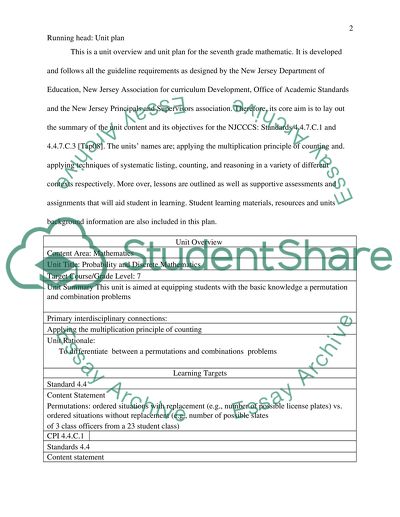Unit Plan Assignment Example | Topics and Well Written Essays - 1250 words. Retrieved from https://studentshare.org/education/1591213-unit-plan
Unit Plan Assignment Example | Topics and Well Written Essays - 1250 Words. https://studentshare.org/education/1591213-unit-plan.


